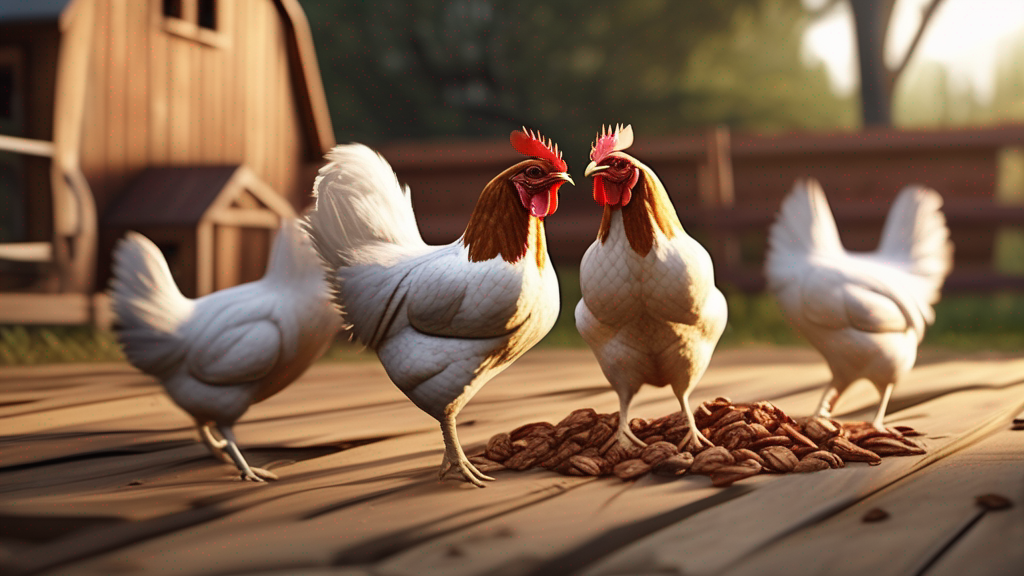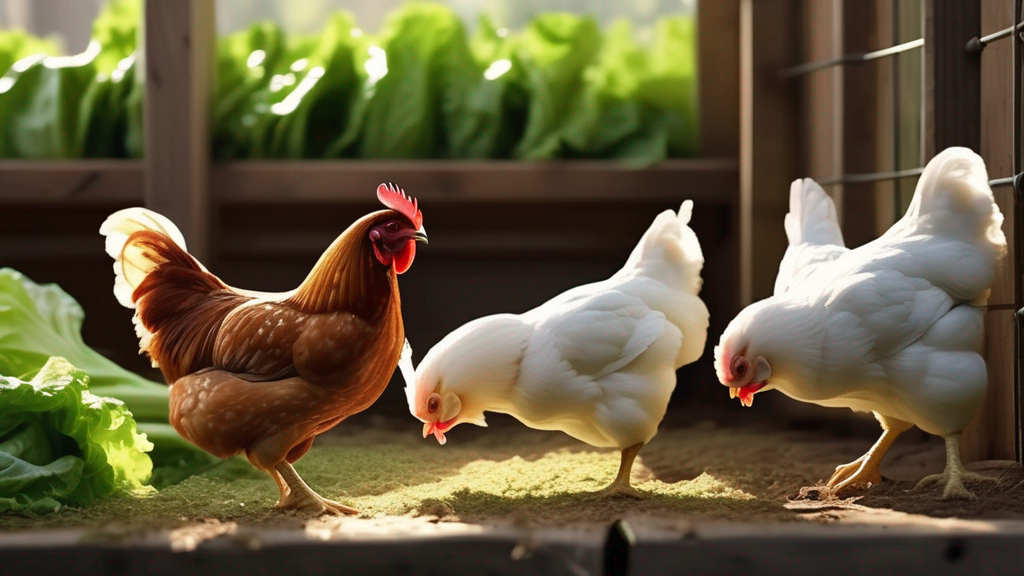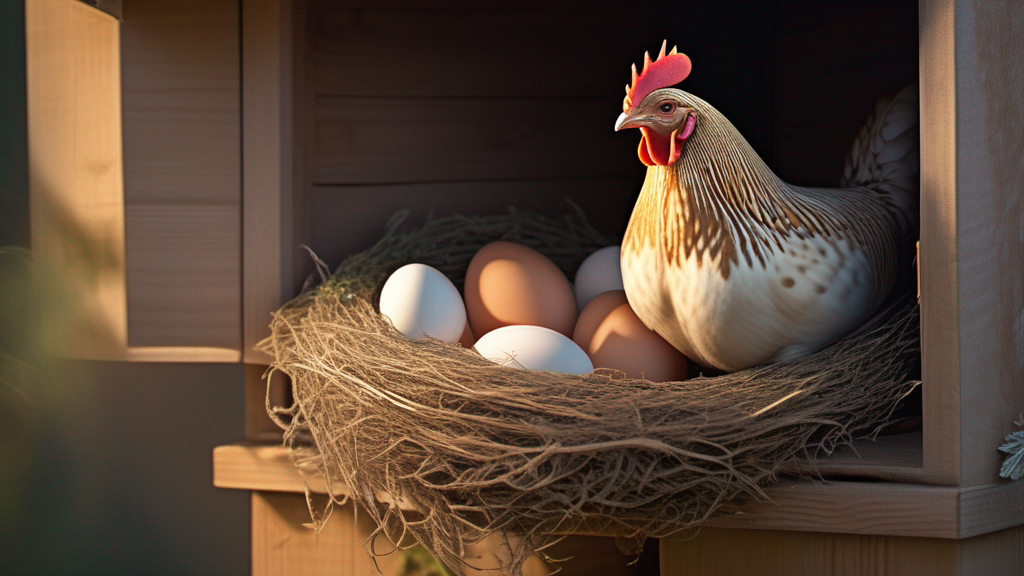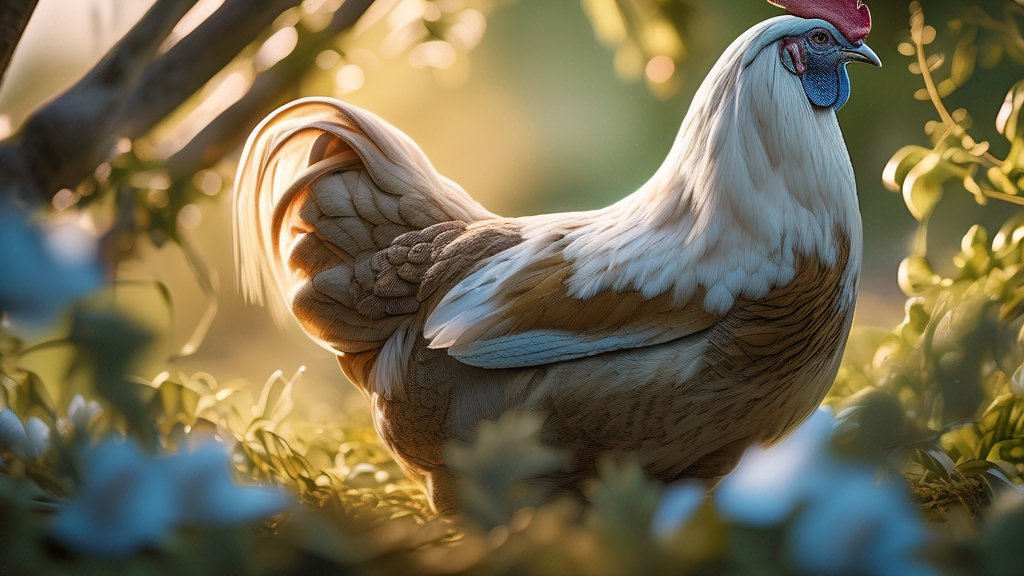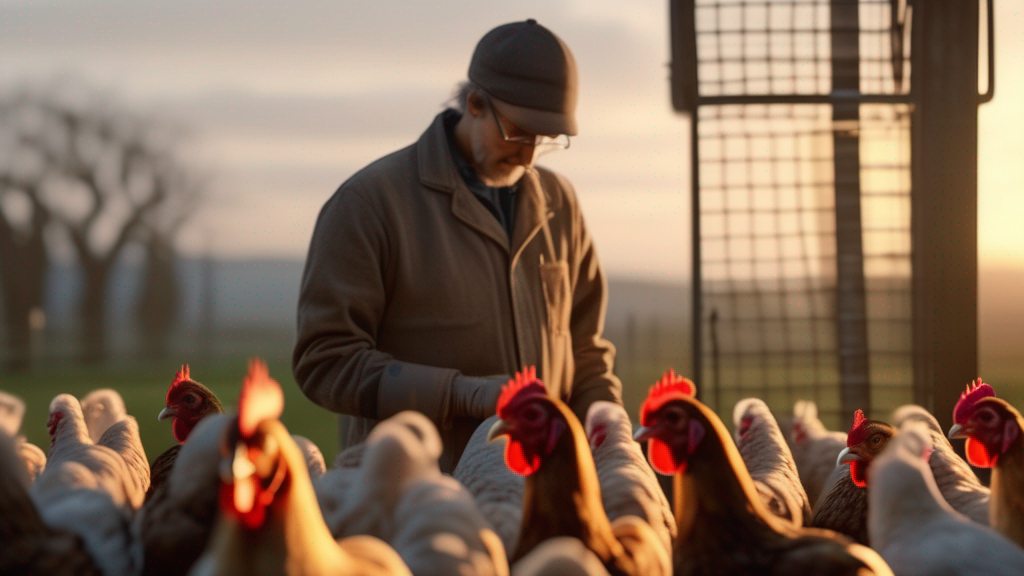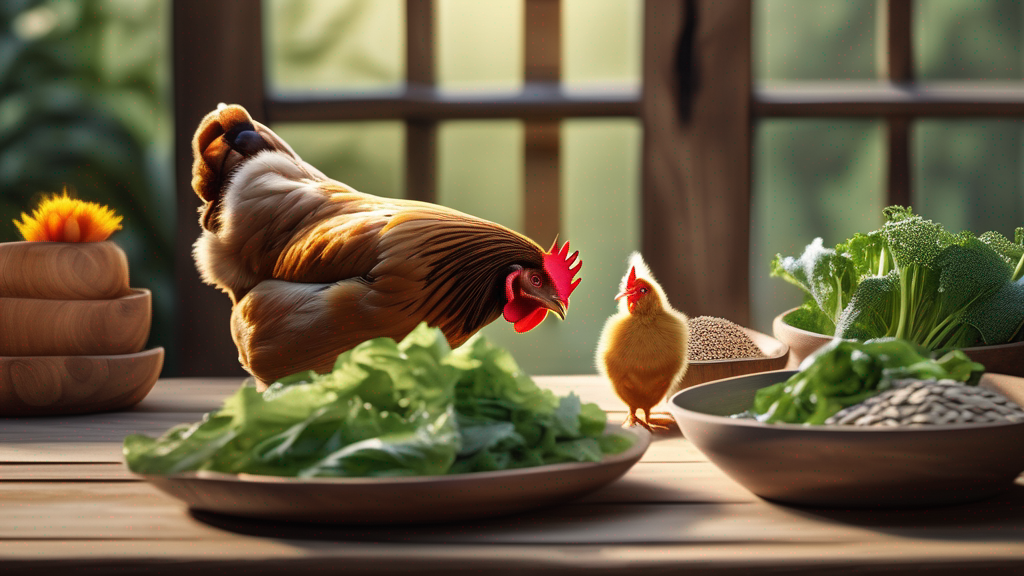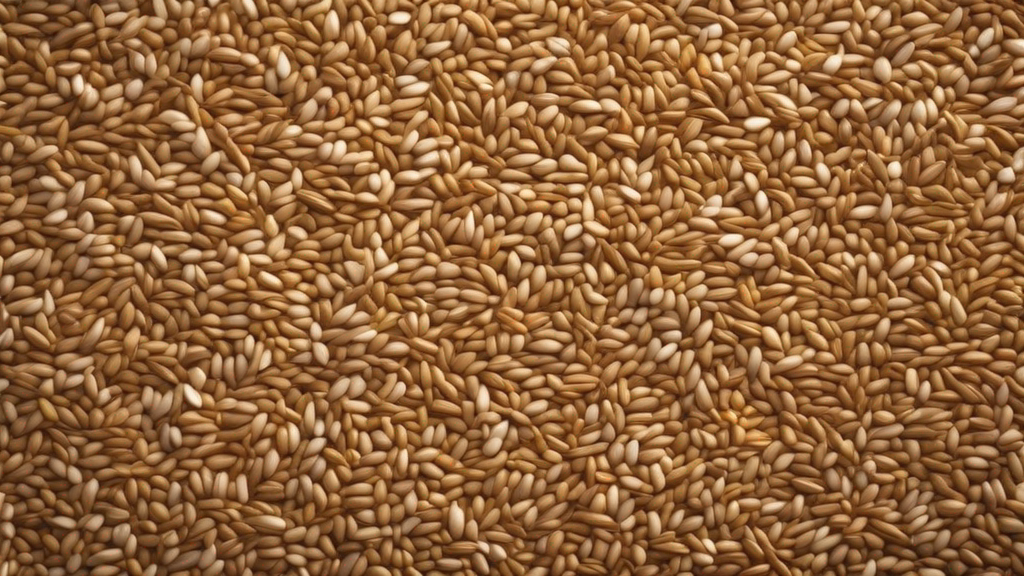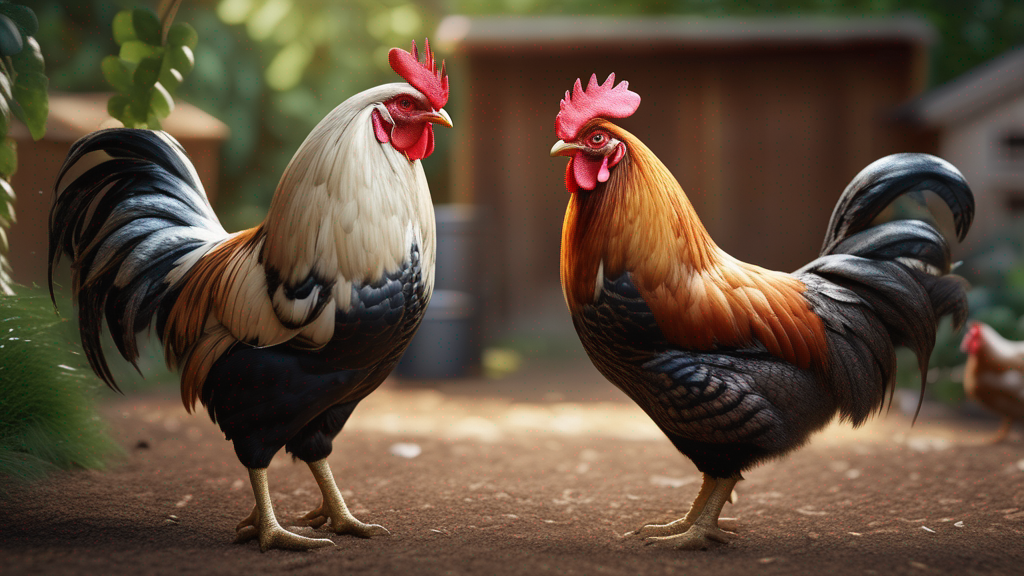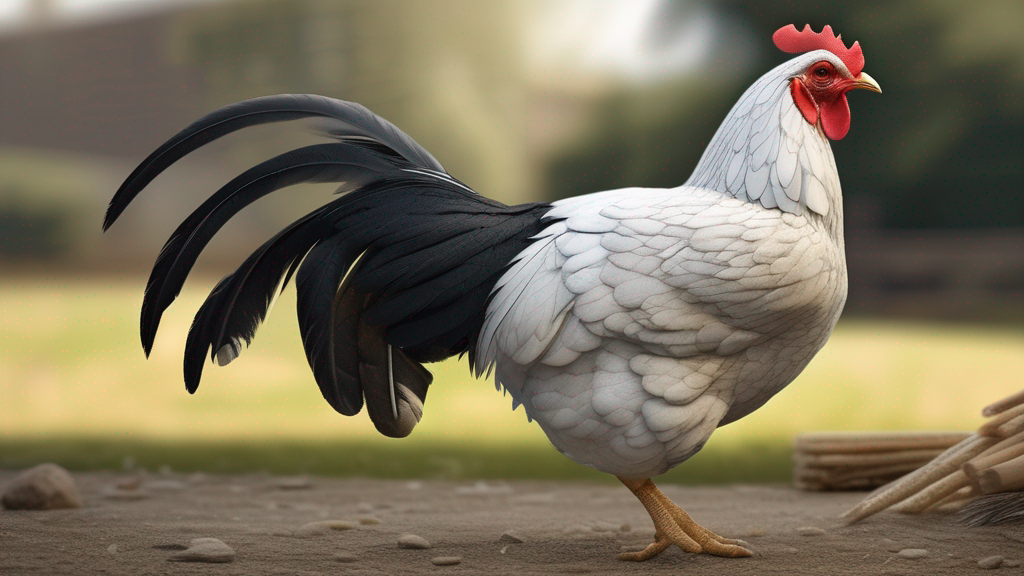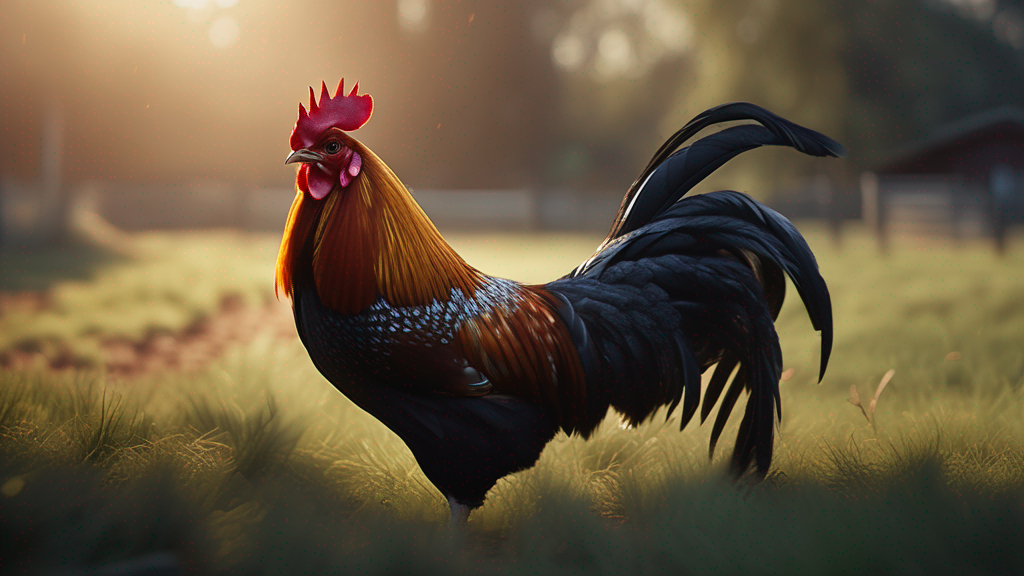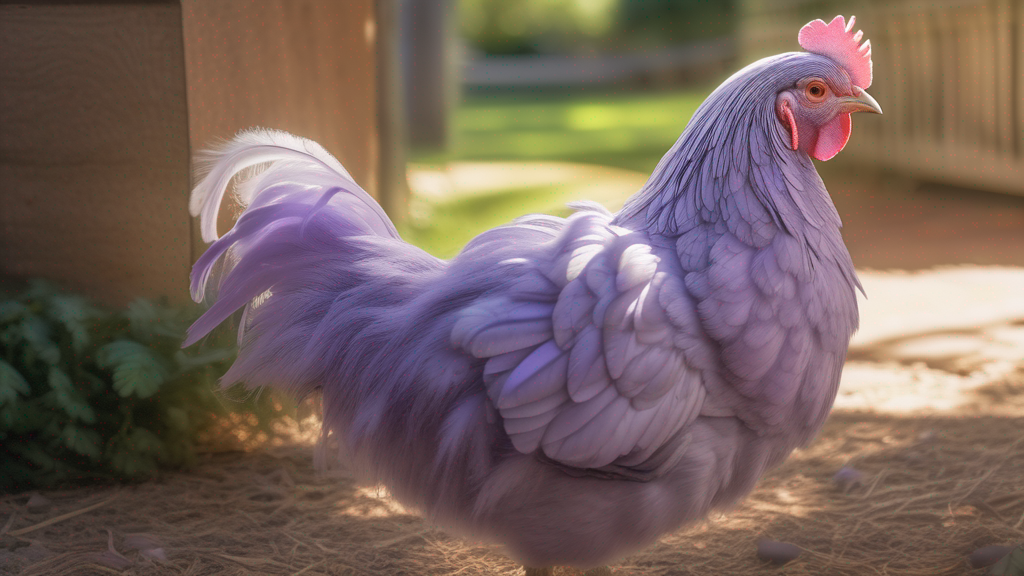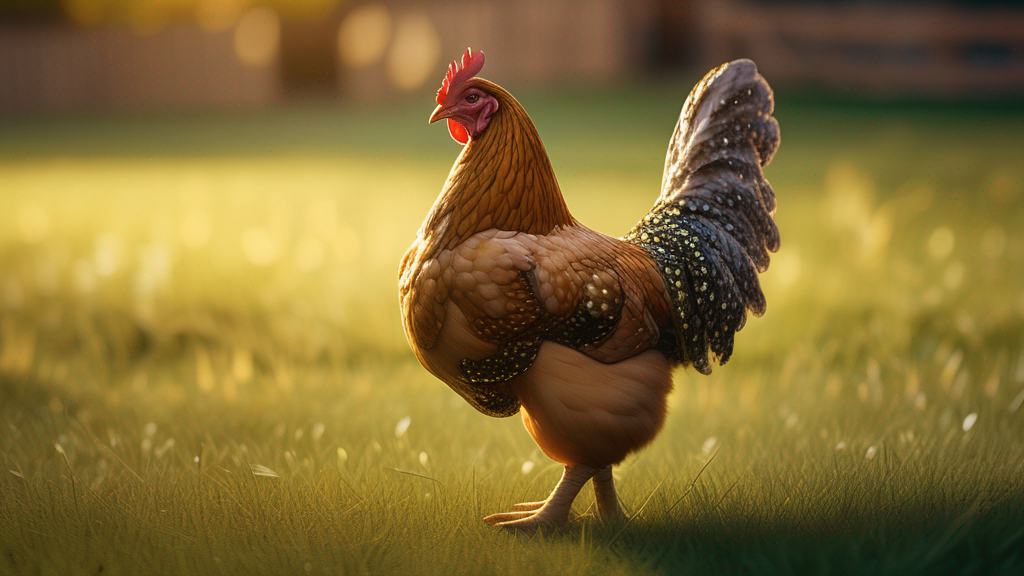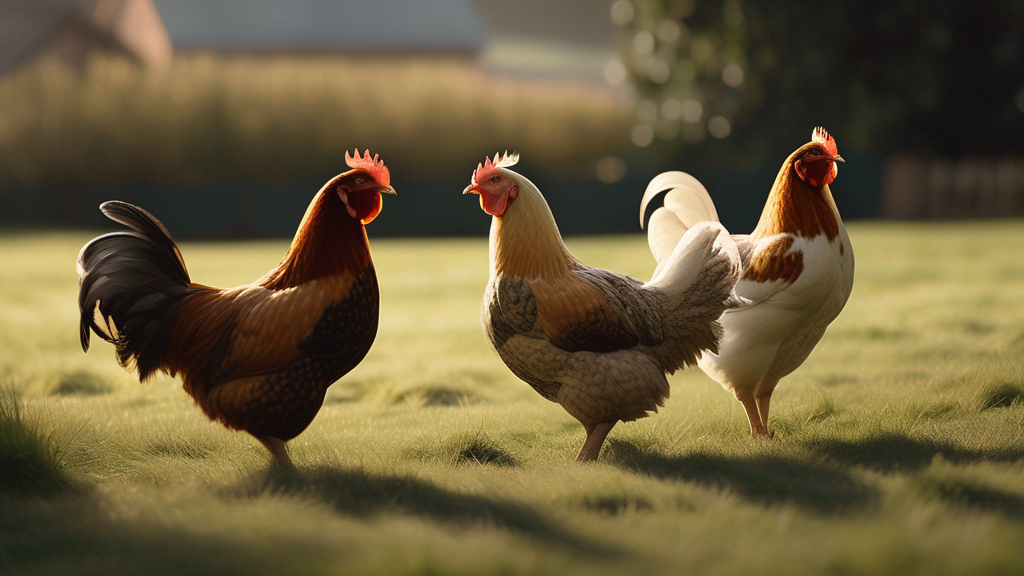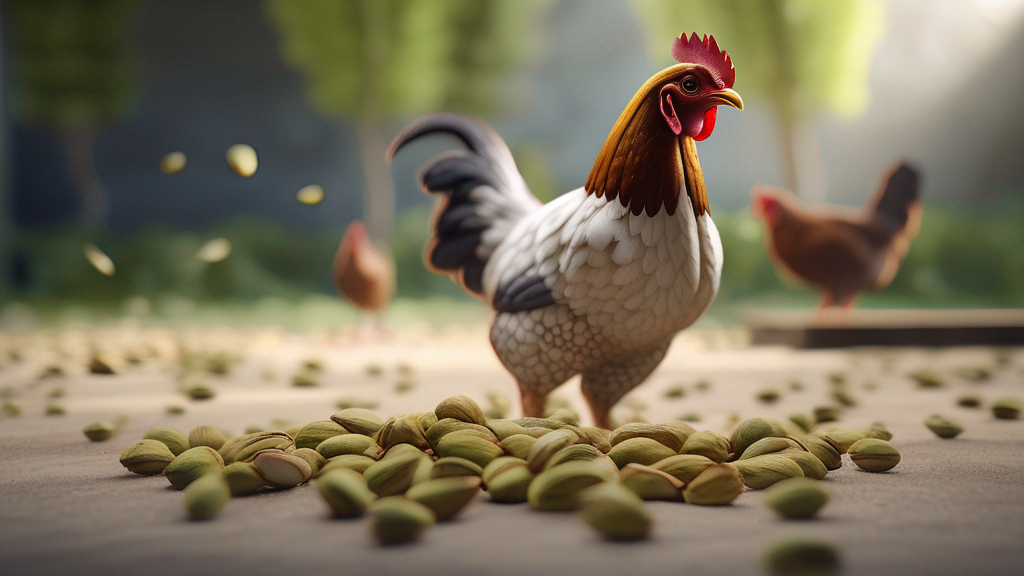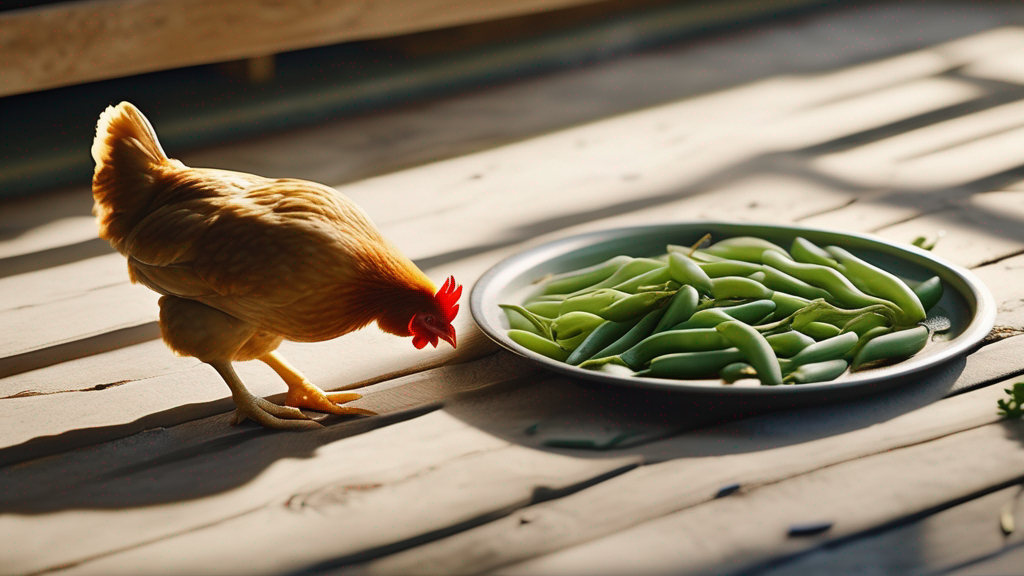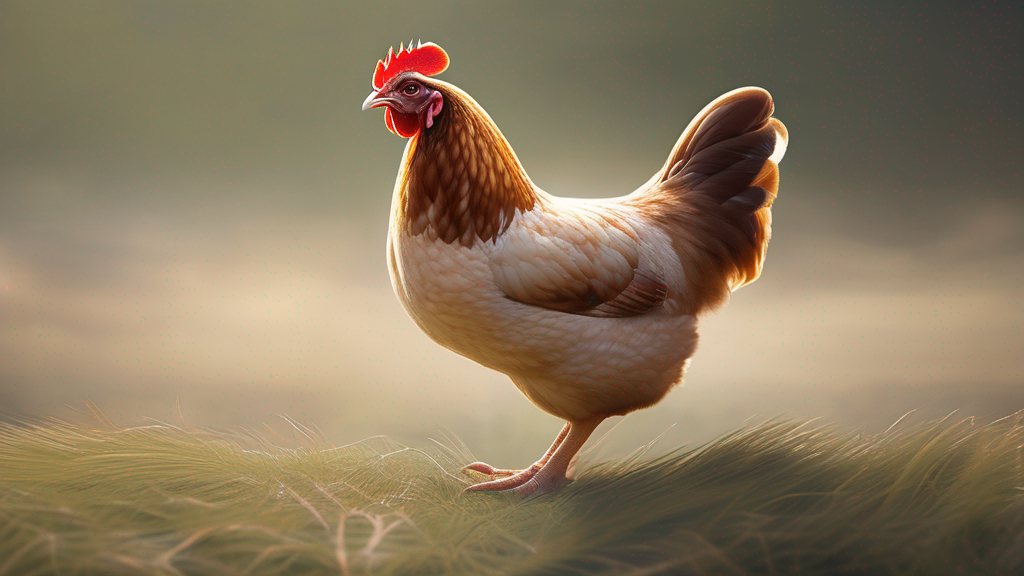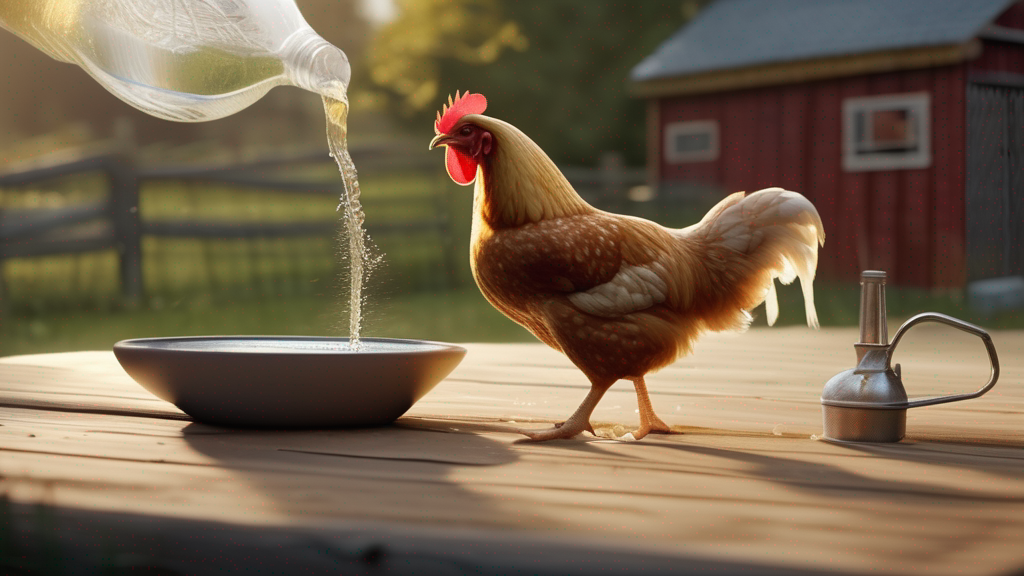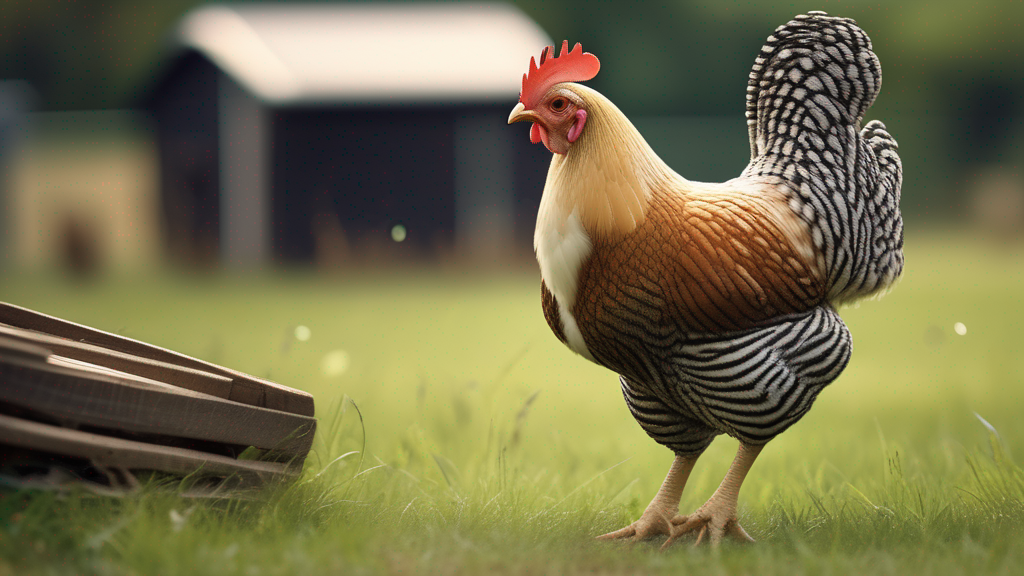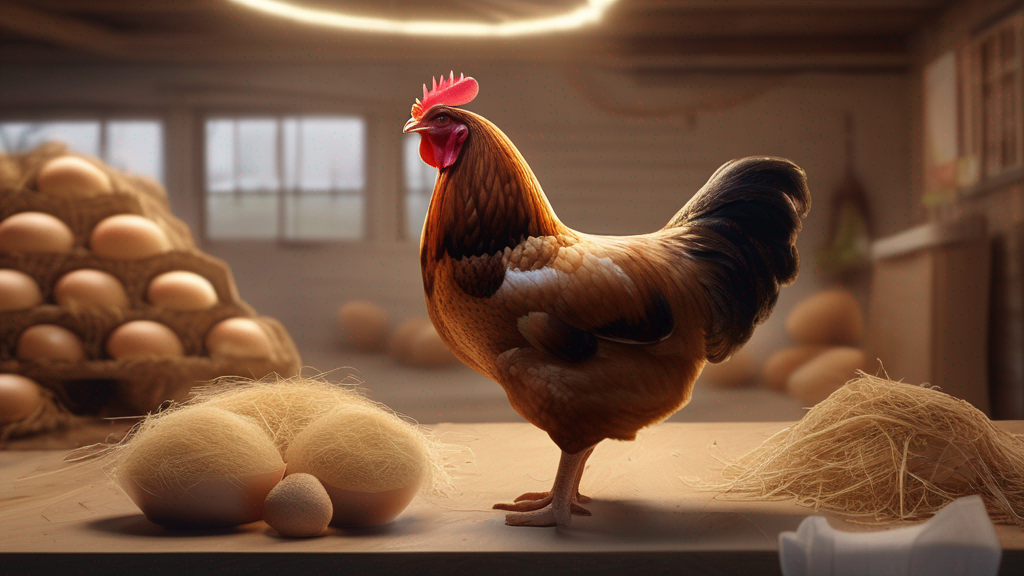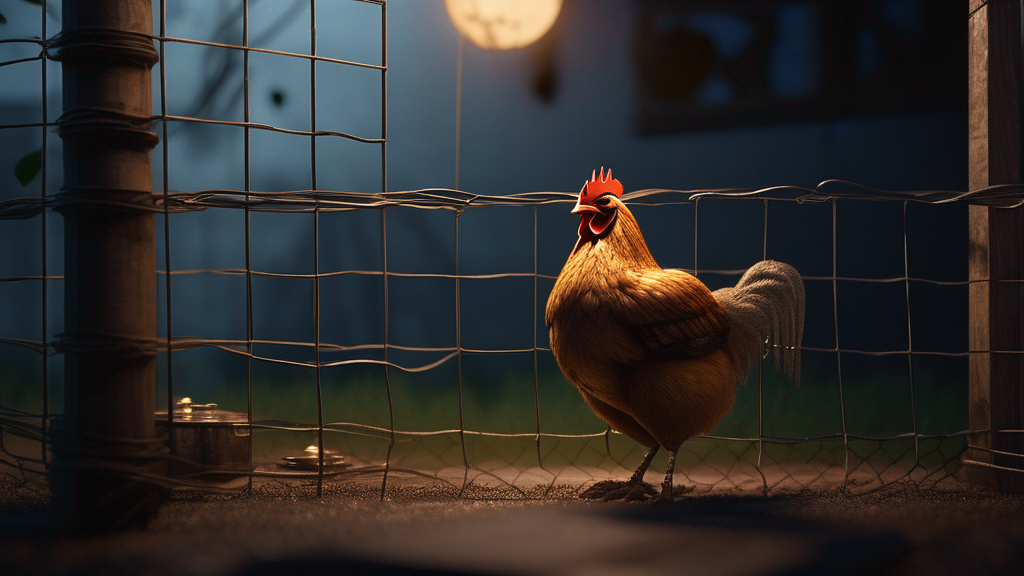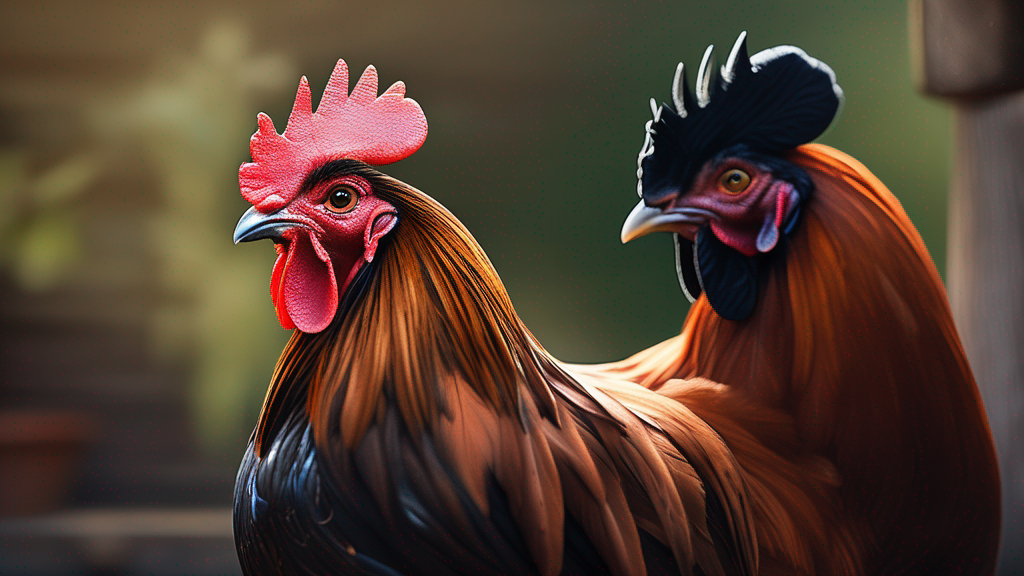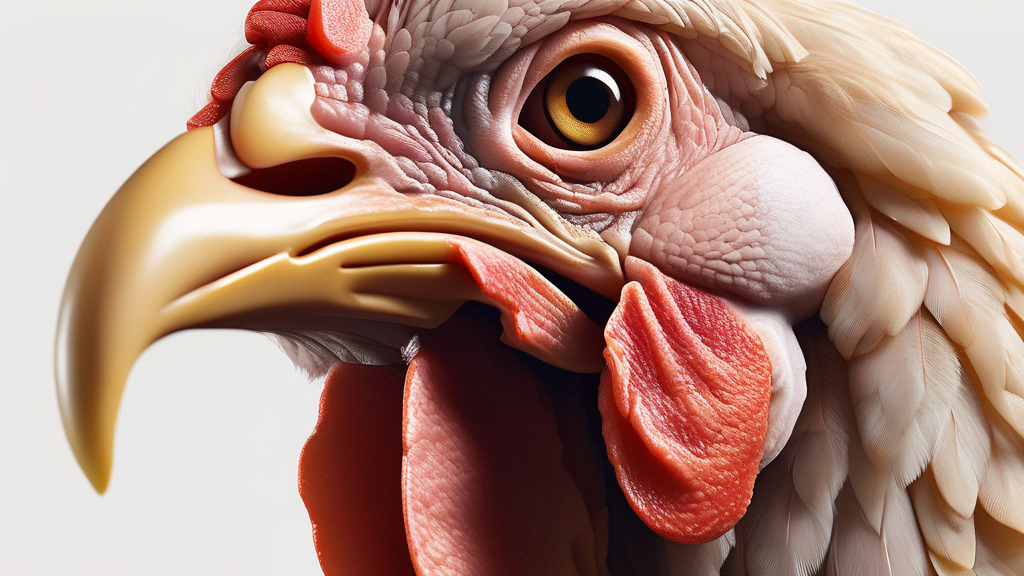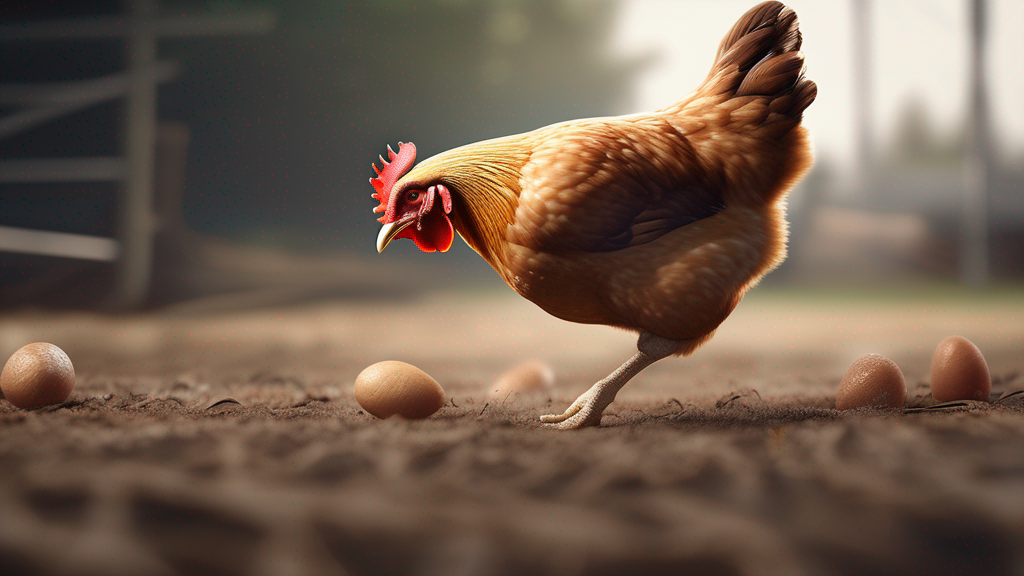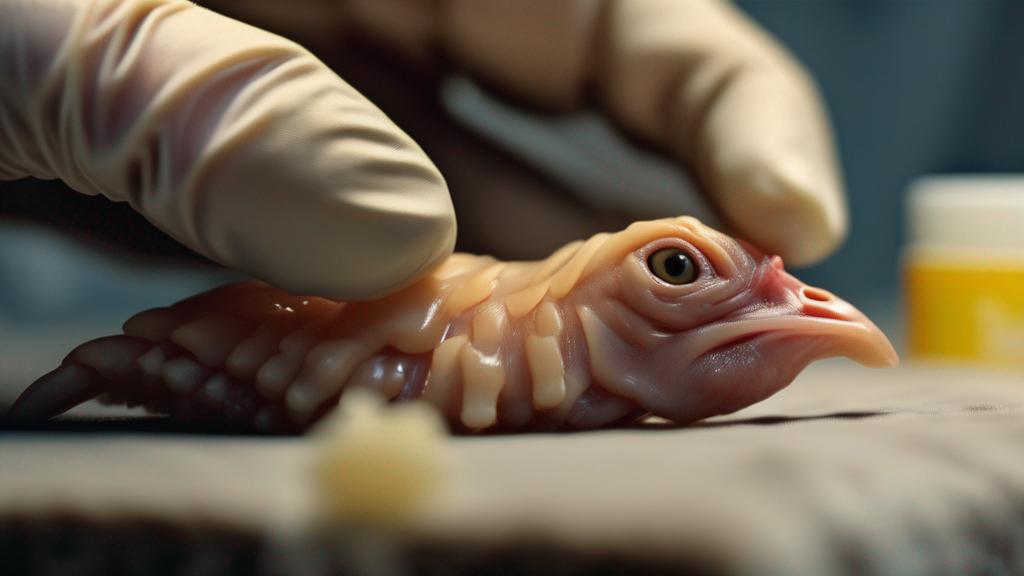Sussex chickens are one of the oldest and most versatile British poultry breeds, prized for their dual-purpose qualities, calm temperament, and attractive appearance. In this comprehensive guide, we cover the history of Sussex breeds, recognized color varieties, key physical and behavioral traits, production metrics, housing and feeding recommendations, health considerations, breeding advice, and expert care tips. This resource is designed for backyard keepers, small-scale farmers, and enthusiasts seeking reliable, friendly birds with solid egg-laying performance and meat potential.
Breed History & Origins
The Sussex breed traces its roots to the historic county of Sussex in southeastern England. References to Sussex-type chickens date back to the 17th and 18th centuries, with selective breeding over generations to produce birds suitable for both egg and meat. Early keepers valued Sussex chickens for their hardiness, ability to forage, and adaptability to varied climates. In the late 19th century, poultry fanciers formalized the breed standard, emphasizing conformation, feather patterns, and productive traits. Over time, several color varieties were developed and standardized, but all share the core Sussex characteristics: a broad, deep body; calm disposition; and reliable productivity.
Recognized Sussex Varieties
Sussex chickens come in multiple color varieties recognized by poultry associations. While regional naming and slight differences may occur, common standard varieties include:
- Light Sussex: White body with black neck hackles and tail. One of the most popular and widely available varieties.
- Speckled Sussex: Rich mahogany or chestnut base with white-tipped feathers creating a speckled appearance.
- Buff Sussex: Uniform warm buff plumage; somewhat less common but valued for its color.
- Red/Silver Sussex: Reddish-brown body with silver hackles; medium popularity in exhibition circles.
- White Sussex: Pure white plumage; developed for a cleaner look and occasionally for commercial table-egg flocks.
Each variety retains the classic Sussex conformation: a rectangular, well-filled body, broad breast, and sturdy legs. Feather quality may vary slightly by variety, but all maintain the breed’s hallmark hardiness and calm nature.
Physical Characteristics & Breed Standard
Sussex chickens exhibit uniform traits across varieties. Key physical features include:
- Body Shape: A long, broad, deep-bodied bird with a well-sprung keel, providing ample breast meat and internal capacity.
- Weight: Mature hens typically weigh 7–8 lbs (3.2–3.6 kg); roosters weigh 9–10 lbs (4.0–4.5 kg). They are heavier than many heritage layers but not as heavy as specialized meat breeds, making them true dual-purpose.
- Comb & Facial Features: Single comb with 5–6 well-defined points, medium size; bright red when healthy. Wattles and ear lobes are also red. Eyes are alert and clear, often reddish-bay or orange tones.
- Legs & Feet: Strong, well-placed legs with good bone. Leg color varies by variety (generally yellow, sometimes with slight shading). Feet are sturdy, supporting foraging activity.
- Feathering: Soft yet tight feathers; adequate feather density provides insulation in cold weather but may require ventilation in heat. Sussex do not have extreme feathering (no frizzles), making maintenance straightforward.
Temperament & Behavior
One of the most appealing attributes of Sussex chickens is their temperament. Typical behavioral traits include:
- Calm & Friendly: Sussex birds are known for being docile and approachable. They tolerate handling well, making them suitable for families, beginners, and mixed-flock environments.
- Social Integration: They integrate smoothly with other breeds. While roosters may exhibit normal protective behaviors, they are rarely excessively aggressive.
- Foraging Ability: Sussex chickens are good foragers. When allowed to free-range, they actively scratch for insects and greens, reducing feed costs and providing enrichment.
- Alertness: They are vigilant without being overly flighty. Sussex roosters give reliable alarm calls when predators or disturbances appear, aiding overall flock safety.
- Broodiness: Some Sussex hens may go broody, especially Speckled Sussex. This can be advantageous for natural hatching but may reduce egg output temporarily; manage according to keeper goals.
Egg Production & Meat Potential
As dual-purpose birds, Sussex chickens provide a balance of egg-laying and meat qualities:
- Egg Laying: Sussex hens typically lay 180–220 medium to large brown eggs per year under good management. Light Sussex often leads production within the breed, but all varieties are dependable layers.
- Onset of Lay: Pullets generally begin laying around 18–20 weeks of age. Adequate lighting, nutrition, and body condition influence timing.
- Egg Size & Quality: Eggs are medium to large, with strong shells when hens receive sufficient calcium. Shell color is a pleasing light to medium brown.
- Seasonal Variation: Egg production dips during molt and shorter daylight months. Supplemental lighting (up to 14–16 hours total light) may help maintain production, but allow natural rest periods to support bird health.
- Meat Qualities: Sussex birds grow to a useful butcher weight (hens after laying decline; roosters at 16–20 weeks or older). Meat is flavorful with good texture due to moderate growth rate. They are not as fast-growing as industrial broilers but offer traditional taste and texture desirable for small-scale meat production.
Comparison Table: Sussex Varieties at a Glance
| Variety | Appearance | Egg Production (eggs/yr) | Temperament | Broodiness Tendency |
|---|---|---|---|---|
| Light Sussex | White body, black neck hackles and tail | 200–220 | Calm, friendly | Moderate |
| Speckled Sussex | Chestnut base with white-tipped speckles | 180–200 | Docile, curious | Higher (some go broody) |
| Buff Sussex | Uniform warm buff | 180–200 | Calm, sociable | Moderate |
| Red/Silver Sussex | Reddish-brown body, silver hackles | 180–200 | Friendly, calm | Moderate |
| White Sussex | Pure white plumage | 190–210 | Calm, easygoing | Low to moderate |
Housing & Environmental Needs
Ensuring appropriate housing and environment supports Sussex health and productivity:
- Coop Space: Provide at least 4 sq ft per adult bird inside the coop. Sussex chickens are relatively large, so adequate space prevents crowding and feather damage.
- Ventilation: Good airflow reduces moisture and ammonia build-up, preventing respiratory issues. Install vents above roost height to avoid direct drafts on birds.
- Roosting Bars: Sturdy perches 2–3 feet high, allowing 8–12 inches length per bird. Sussex enjoy roosting off the ground, aiding predator avoidance and rest.
- Nesting Boxes: One nest box per 4–5 hens. Line boxes with clean bedding (pine shavings or straw). Keep nesting area darker and quieter to encourage laying and reduce egg breakage.
- Outdoor Run/Free-Range: Provide at least 8–10 sq ft per bird in a secure run. Sussex forage well and benefit from free-ranging when safe. Predator-proof fencing and supervision are essential.
- Bedding: Use absorbent materials (pine shavings, hemp) and replace or stir regularly to maintain dryness. Dry bedding reduces parasite habitat and respiratory risks.
- Climate Considerations: Sussex are hardy in cold conditions due to their dense feathering. In cold climates, ensure draft-free but ventilated coops and adequate bedding. In hot climates, provide shade, ventilation, and access to fresh water to prevent heat stress.
- Enrichment: Scatter scratch grains, provide dust-bathing areas with fine soil or sand, hanging vegetables or treat dispensers. Enrichment reduces boredom, pecking issues, and promotes natural behaviors.
Feeding & Nutrition
A balanced diet ensures optimal growth, egg production, and health:
- Starter/Grower Feed: For chicks to ~18 weeks: 18–20% protein. Supports immune function and body development.
- Layer Feed: From first lay onward: 16–18% protein with 3.5–4% calcium. Adequate calcium is critical for strong eggshells.
- Grit & Oyster Shell: Provide free-choice insoluble grit if birds free-range or consume whole grains. Offer oyster shell so laying hens self-regulate calcium intake.
- Treats & Scratch: Limit to under 10% of daily intake. Use healthy options: leafy greens, vegetable scraps, mealworms during molt for extra protein.
- Water: Constant access to clean, fresh water. In hot weather, multiple water stations help maintain hydration and laying.
- Supplemental Feeding: During molt or cold snaps, small extra energy or protein boosts (e.g., cracked corn, mealworms) support recovery, but avoid overfeeding to prevent obesity.
Health Management & Common Issues
Routine health care prevents and addresses common concerns:
- Parasite Control: Inspect regularly for mites and lice, especially in dense plumage. Provide dust-bathing areas. Treat promptly with poultry-safe products if infestations occur.
- Respiratory Health: Maintain dry, well-ventilated coop. Watch for sneezing, coughing, nasal discharge. Address damp bedding or poor ventilation immediately.
- Marek’s Disease & Vaccination: If available locally, consider vaccinating chicks. Practice biosecurity: quarantine new birds and limit disease vectors.
- Bumblefoot Prevention: Keep coop floor and perches clean, dry, and smooth. Check feet periodically for swelling or lesions; treat early.
- Egg-Binding: Provide sufficient calcium and a calm nesting environment. Monitor hens for signs (straining, lethargy). Consult a poultry veterinarian if suspected.
- Obesity Prevention: Sussex enjoy treats; monitor body condition to avoid overweight birds, which can affect laying and mobility. Encourage foraging and moderate exercise.
- Molt Care: Offer extra protein (mealworms) and protect from cold or predators while feathers regrow. Expect temporary drop in egg production.
Breeding & Raising Chicks
For keepers wishing to hatch their own Sussex chicks, consider the following:
- Broodiness: Speckled Sussex hens often go broody. If natural hatching is desired, provide a quiet, comfortable nesting area with easy access to feed and water. Monitor hen’s condition to prevent excessive weight loss or neglect.
- Incubation: Collect fertile eggs daily; store at ~55°F (13°C) and moderate humidity if not setting immediately. For artificial incubation: maintain ~99.5°F (37.5°C) and ~50–55% humidity for the first 18 days, increasing humidity slightly during final days.
- Chick Brooder Setup: Provide heat lamp or plate at ~95°F (35°C) at hatch, reducing by 5°F (2–3°C) per week. Use non-slip bedding (paper towel, rubber mat) initially to prevent splayed legs. Offer chick starter feed (18–20% protein) and fresh water. Gradually transition to grower feed at ~8–10 weeks.
- Genetic Diversity: To avoid inbreeding, source breeding stock from different lines or breeders. Maintain records of parentage if preserving specific varieties or bloodlines.
- Sexing Chicks: Sussex are not auto-sexing; reliable sexing requires vent sexing by an expert or waiting until secondary sexual traits emerge (comb size, behavior) at ~16–20 weeks.
Pros & Cons of Sussex Chickens
| Aspect | Pros | Cons |
|---|---|---|
| Temperament | Calm, friendly, integrates well in mixed flocks | Typically not flighty, but may be slow to react to predators if free-ranging unsupervised |
| Egg Production | Reliable layers of brown eggs (180–220/yr) | Moderate producers compared to high-performance hybrids; seasonal dips require management |
| Meat Potential | Good body size and meat quality for small-scale production | Slower growth than industrial meat breeds; longer to reach butcher weight |
| Hardiness | Cold-tolerant with proper housing; adapts well to varied climates | Dense feathering may require extra care in extreme heat |
| Foraging | Active foragers; reduce feed costs and provide enrichment | Require secure environment to protect from predators during free-range |
| Broodiness | Useful for natural hatching (especially Speckled Sussex) | Broodiness can reduce egg output temporarily; requires management if consistent eggs desired |
| Availability | Widely available from hatcheries and breeders | Some varieties (Buff, Red/Silver) may be less common than Light Sussex |
Frequently Asked Questions (FAQs)
How many eggs do Sussex hens lay?
Under good conditions, Sussex hens lay approximately 180–220 brown eggs per year. Light Sussex tends toward the higher end. Production dips during molt and short daylight but can be supported with supplemental lighting if desired.
Are Sussex chickens good for beginners?
Yes. Their calm temperament, hardiness, and reliable productivity make them suitable for new keepers. They tolerate handling and integrate well with other breeds.
Do Sussex chickens free-range well?
Yes, Sussex are active foragers and enjoy free-ranging. Ensure safe conditions: secure fencing or supervised range to protect from predators. They may be slower to seek cover, so provide refuge areas and vigilance.
Which Sussex variety is best for egg production?
Light Sussex often leads in egg numbers, but Speckled, White, Buff, and Red/Silver also lay reliably. Variety choice often depends on aesthetic preference and broodiness tendency.
How do I manage broodiness in Sussex hens?
If natural hatching is desired, allow a quiet nesting area and ensure hen’s access to feed and water. If broodiness is unwanted, remove eggs frequently, increase light and activity, or temporarily separate the hen until broodiness ends.
What housing do Sussex chickens need in winter?
Provide a draft-free but ventilated coop with ample dry bedding. Sussex handle cold well, but ensure no drafts at roost level and maintain clean, dry conditions to prevent respiratory issues. In deep cold, add extra bedding or a safe supplemental heat source if needed.
How do I prevent parasites in Sussex flocks?
Maintain clean bedding and coop hygiene. Provide dust-bathing areas with fine soil or diatomaceous earth. Inspect feathers and skin regularly for mites or lice; treat promptly with poultry-safe products. Rotate pastures if free-ranging to break parasite cycles.
Can I hatch Sussex chicks naturally?
Yes. Speckled Sussex hens often go broody. Provide a comfortable nesting space and monitor hen’s health during incubation. Alternatively, use an incubator with proper temperature and humidity settings if natural broodiness is unreliable.
Conclusion
Sussex chickens are time-tested, versatile dual-purpose birds combining dependable egg-laying, good meat qualities, calm temperament, and hardiness. Their multiple attractive color varieties—Light, Speckled, Buff, Red/Silver, White—allow keepers to choose based on aesthetic and broodiness preferences while retaining core breed strengths. By providing adequate housing, balanced nutrition, routine health care, and enrichment, keepers can enjoy a productive, friendly flock well-suited for backyard and small-scale systems. Sussex chickens shine as a top choice for beginners and experienced poultry enthusiasts alike, offering reliable performance and pleasant dispositions season after season.
